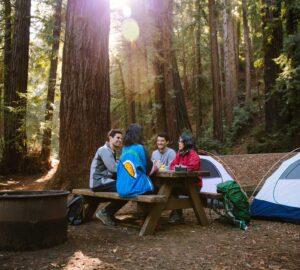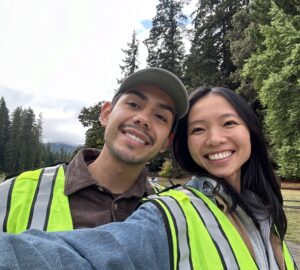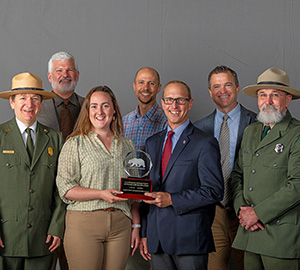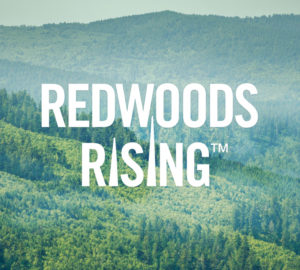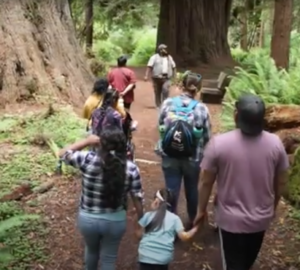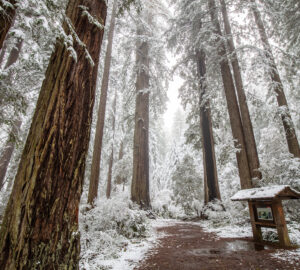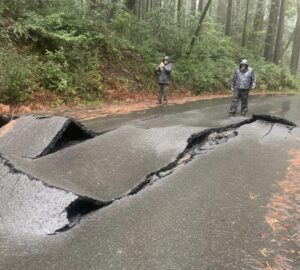Redwoods and the League played formative roles for the state's incredible park system.
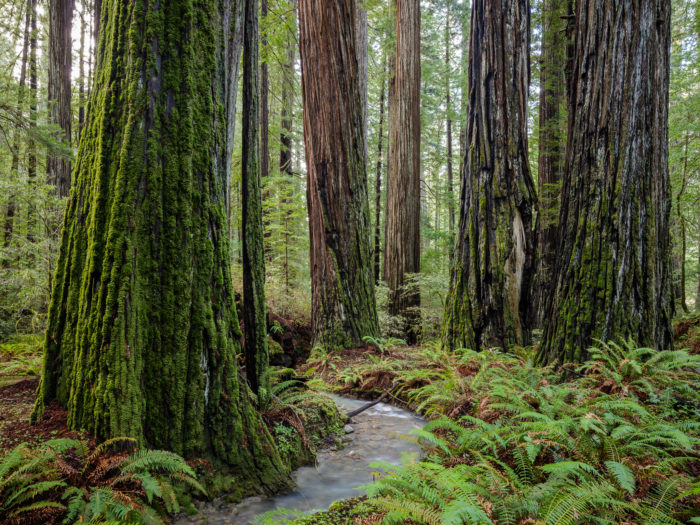
Save the Redwoods League and California State Parks go back a long way. And redwoods and California State Parks go back even further. With California State Parks Week approaching, now is a great time to take a look at this incredible history.
California State Parks was officially established by the State Legislature in 1927, but both redwoods and the League played a major role in the creation of public parks in the Golden State well before that. And this deep relationship has only blossomed in the years since. The League has transferred land to nearly 40 state parks over the years, and helped restore and improve many parks, as well.
Some great recent examples of the partnership between the League and California State Parks:
- Redwoods Rising, where the League, California State Parks, and the National Park Service are working together to restore tens of thousands of acres of redwood forest heavily damaged by historic logging.
- Grove of Titans, where the League partnered with California State Parks, Tolowa Dee-Ni’ Nation, Redwood Parks Conservancy, and the National Park Service to make substantial improvements giving access to this amazing coast redwood grove in Jedediah Smith Redwoods State Park.
- Montgomery Woods State Natural Reserve, where the League is working closely with California State Parks to expand and improve this amazing place.
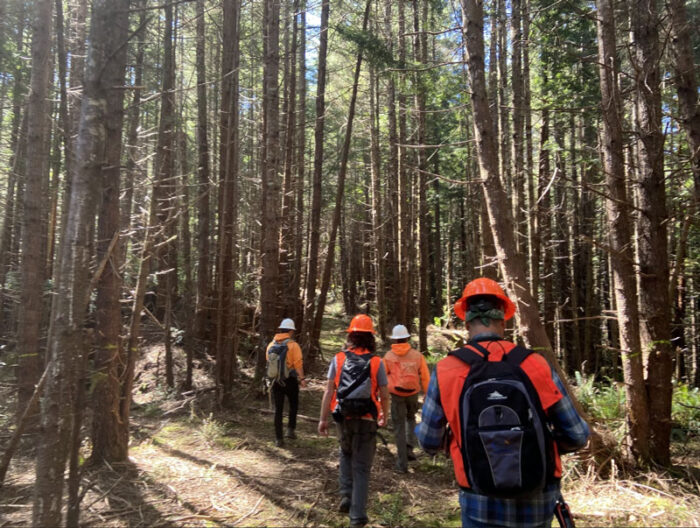
How it all got started
The origin of California State Parks dates back to 1864, when President Abraham Lincoln granted Yosemite Valley and the Mariposa Big Tree Grove to the State of California. This was a foundational moment not only for redwoods conservation, but for the conservation movement in general – all taking place at the height of the Civil War. The document that Lincoln signed, the Yosemite Valley Grant Act, transferred federal lands in the Yosemite Valley and nearby Mariposa Big Tree Grove to the State of California, “upon the express condition that the premises shall be held for public use, resort, and recreation, and shall be inalienable for all time.” This was one of the first times in the history of the country that land was set aside for recreation and the protection of natural resources — and it was inspired by the giant sequoias.
From parks to a system
Eventually, Yosemite and Mariposa Grove would transfer back to the federal government, and it would be more than 80 years the California State Parks system would be created. During this time, public demand for the protection of certain landscapes for enjoyment and recreation grew. Save the Redwoods League was founded in 1918 in response to the rapid logging of California’s incredible old-growth forests.
In part due to the influence of the newly-created League, by 1925 there were five state parks in California — Yosemite National Park, California State Redwood Park (now known as Big Basin Redwoods State Park), Humboldt Redwoods State Park, Mount Diablo and Prairie Creek Redwoods State Park. These were islands of natural beauty that citizens, organizations and lawmakers had fought to protect.
However, these parks were managed by independent boards and commissions with no fundamental policy to govern their administration or creation. Some of these parks were undeveloped and even inaccessible for public enjoyment, as was the case with Mt. Diablo. To address these issues, J.D. Grant, chairman of the League’s board, called a meeting to discuss the need for legislation to create a centralized state park system. He introduced Duncan McDuffie, chairman of the League’s committee on state parks, to speak about this need.
McDuffie pointed out that California was growing in population more rapidly than any other state, and its corresponding urban and industrial development made it necessary to create a comprehensive plan for the conservation of scenic and recreational areas for future generations — otherwise these natural wonders would be lost forever. To address this issue and manage the existing underfunded and underdeveloped state parks, California needed a centralized park system with the power and funding to create, develop and manage state parks.
The California State Parks committee, a campaign organization, was formed and it drafted two senate bills: one provided for the creation of a central state park commission, and the other set up a statewide survey of potential state park sites. Newton B. Drury, League executive and secretary to the California State Park Committee, was given the responsibility of gathering public support for these bills. Though widely supported by a coalition of national organizations and individuals, the bills encountered significant opposition from the lumber industry and its sympathizers in office. On June 5, 1925, the bills died by pocket veto when Governor Friend William Richardson, renowned for his extreme conservatism, simply refused to sign them.
Going forward, the state park movement courted the support of its opposition to ensure universal support for the park system legislation. In 1926, McDuffie’s close friend and business partner, Clement Calhoun Young, was elected governor. The state parks movement suddenly had a friend in the governor’s chair. The rejected bills of 1925 were revised, and this time, gained unanimous approval in both houses. They were signed by Governor C.C. Young on May 25, 1927, and the California State Parks system was born. Today, California State Parks has grown to include more than 280 park units and almost 70 million visitors annually.
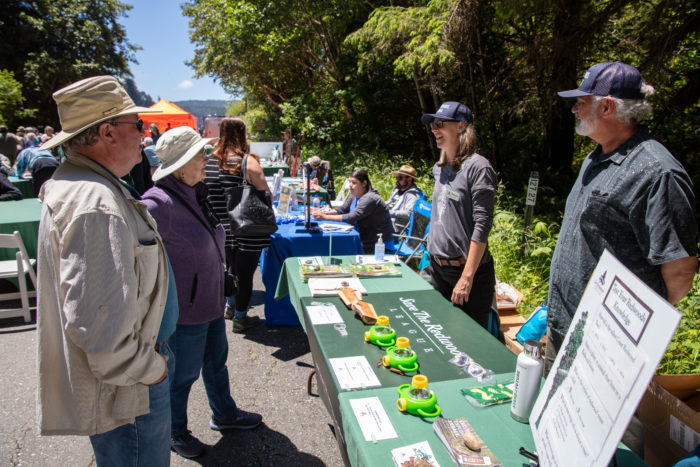
The League and California State Parks into the future
The relationship between the League and California State Parks remains as strong as ever, and one indication of that is our partnership on California State Parks Week. This relationship runs deep, with a daily collaborative effort to create new, accessible redwoods park opportunities for a growing and diverse California population.

